
Introduction: The Canon Prima Zoom 76 in 2025
What you’ll get: an overview of the Canon Prima Zoom 76’s history and why it still resonates with film lovers today.
The Canon Prima Zoom 76 launched in the mid-90s as a compact, consumer-friendly film camera. While it was never designed as a professional tool, it quickly became a family favorite for holidays and everyday snapshots. Today, its simplicity and nostalgic aesthetic make it a delightful entry point for anyone curious about film photography.
Loading film into my first 90s travel camera, I remember the mechanical buzz of the motor winding and the thrill of anticipation—long before instant screens took over.

Design & Technical Features
What you’ll get: a breakdown of core specifications and how they make the camera approachable.
Key Specs
- 38–76mm zoom lens for portraits and casual snapshots
- Automatic exposure, focus, and flash
- One-touch motorized film loading, advancing, and rewind
- Runs on a CR123A lithium battery, still widely available
The compact build makes it an everyday carry option, with smooth zooming and responsive controls. Its motorized functions reduce handling errors, perfect for those just stepping into analog workflows.

Everyday Use and Creative Potential
What you’ll get: inspiration on how to make the most of the Canon Prima Zoom 76 for creative expression.
The camera shines in everyday scenarios—spontaneous street encounters, casual portraits, or documenting life with diary-style authenticity. Content creators love its point-and-shoot simplicity and the unpredictability of film aesthetics.
Practical Shooting Tips
- Load consumer film like Kodak Gold 200 for warm vintage shots
- Use higher ISO film for night or indoor shooting
- Enable flash for nightlife and experimental effects
- Digitize negatives to blend film into online content
I’d love to capture a late-night coffee run with friends: neon lights, candid laughter, and imperfect but magical flash-lit frames.

Buying the Canon Prima Zoom 76 Second-Hand
What you’ll get: practical guidance for securing a functioning second-hand copy of this classic camera.
While many copies are still circulating in flea markets, thrift stores, or online, careful inspection is key. Motors and film transports are prone to wear, and battery compartments may suffer corrosion. Testing these functions saves disappointment later.
Checklist Before Purchase
- Test with a fresh CR123A battery for power-up
- Check zoom and autofocus function
- Inspect lens glass and film door for damage
- Verify flash charging and firing
A hidden gem I found once at a flea market still buzzed to life with a new battery—proof that some treasures never die.

Why the Canon Prima Zoom 76 Still Matters
What you’ll get: reasons this camera continues to hold cultural and creative relevance.
The Canon Prima Zoom 76 represents a slice of analog history. Its affordability, ease of use, and nostalgic aesthetic continue to inspire a new wave of film enthusiasts. Owning one encourages a slower, thoughtful approach to images that digital often overlooks.

FAQs
Is the Canon Prima Zoom 76 a good beginner film camera? Yes, it requires no manual settings, handles exposure and focus automatically, and makes film photography stress-free.
What kind of film works best with the Canon Prima Zoom 76? Standard 35mm film rolls, from Kodak Gold to black-and-white rolls like Ilford HP5, depending on your creative style.
What battery does the Canon Prima Zoom 76 use? It operates with a CR123A lithium battery, which is still widely available in 2025.
What should I check before buying a used Canon Prima Zoom 76? Test the zoom, flash, and film advance mechanisms; also inspect for battery corrosion or haze in the viewfinder.
Quick decision
- Best for: Beginners and nostalgic shooters
- Use cases: Travel, street, casual portraiture
- Strength: Effortless ease of use
- Watch out for: Motor wear and battery corrosion
Pros
- Compact and portable
- Reliable automatic functions
- Affordable second-hand availability
- Captures authentic 90s film look
Cons
- No manual exposure or focus control
- Age-related mechanical risks
- Softer image rendering than premium cameras
Find your perfect thrift camera in our point-and-shoot collection.




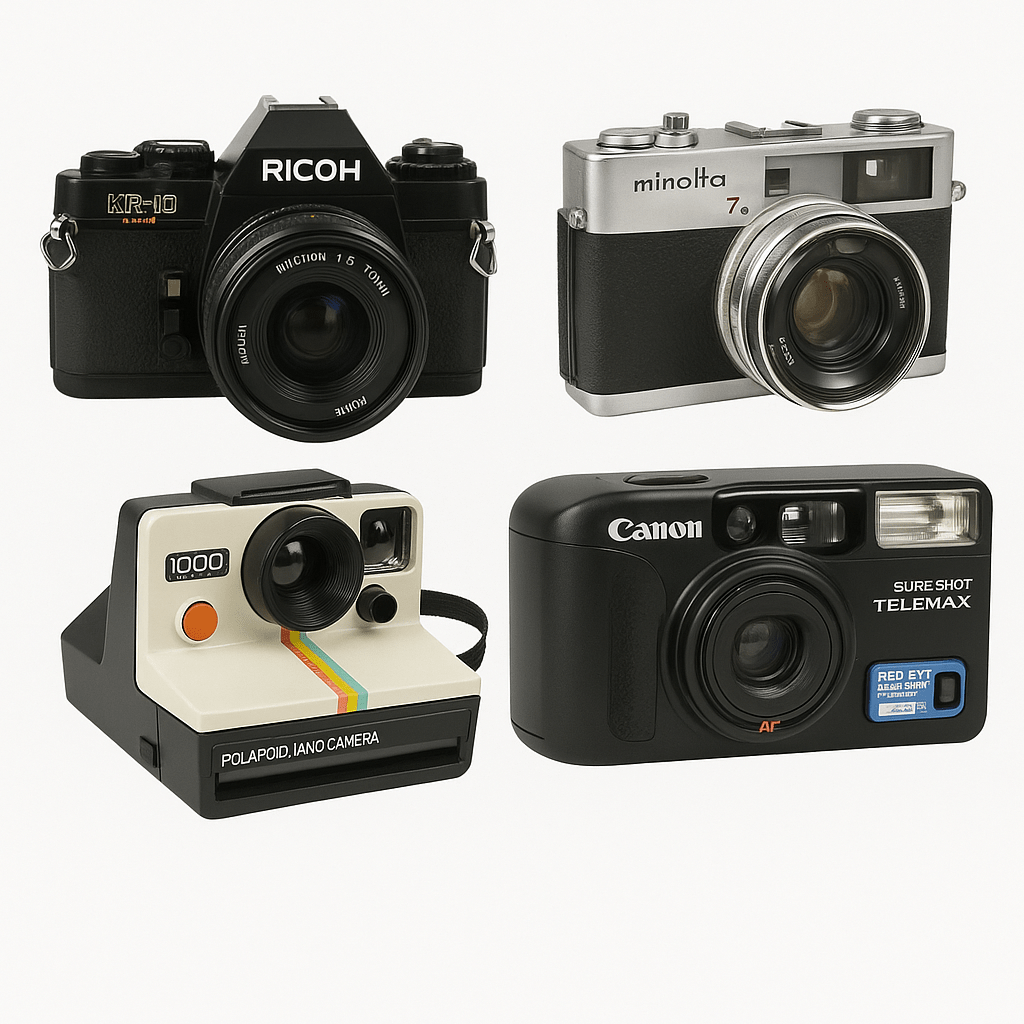
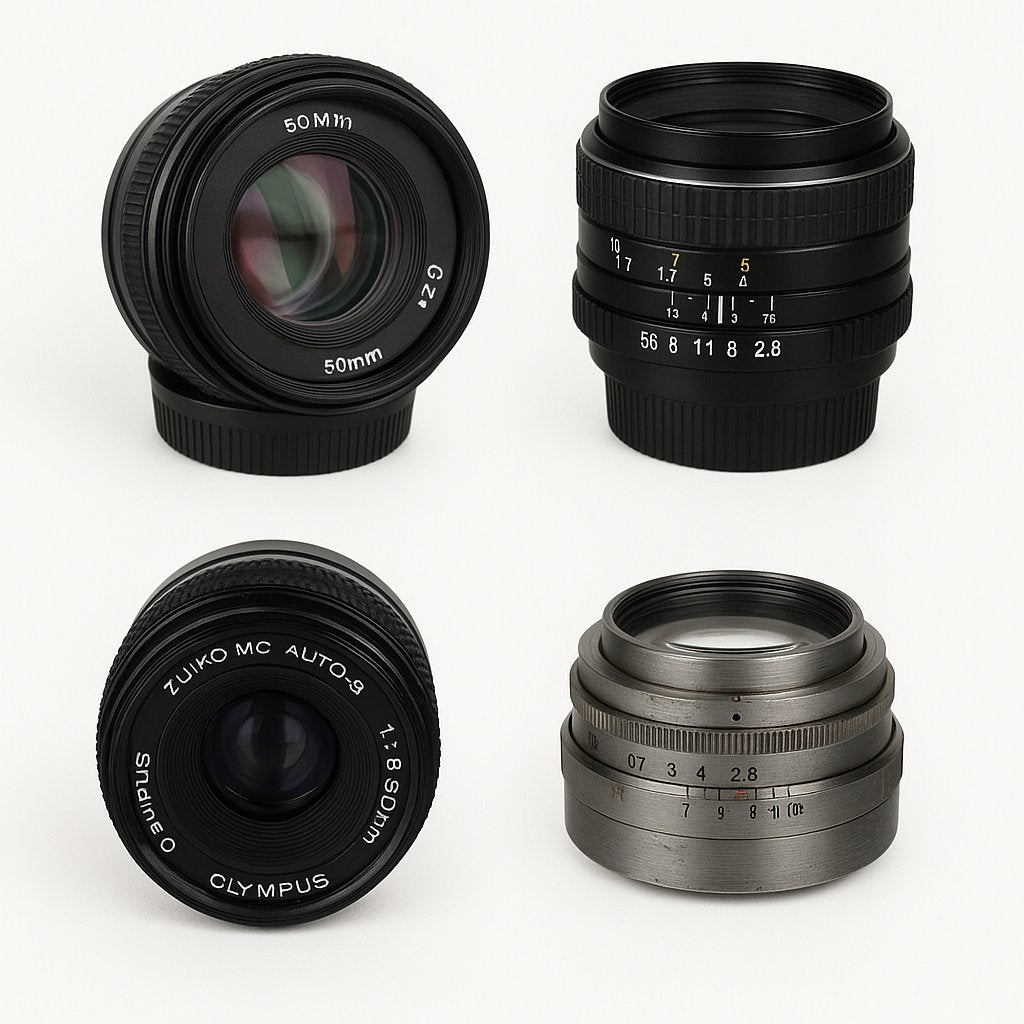
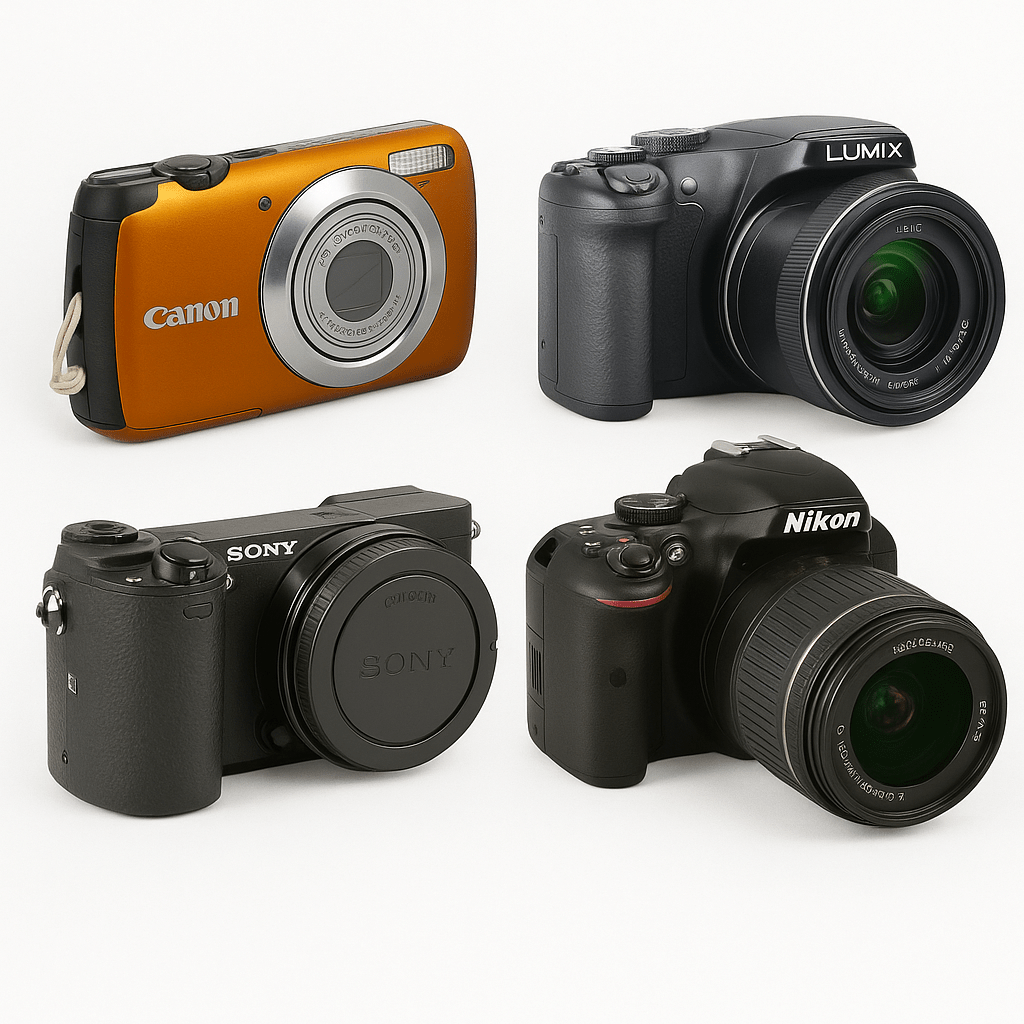
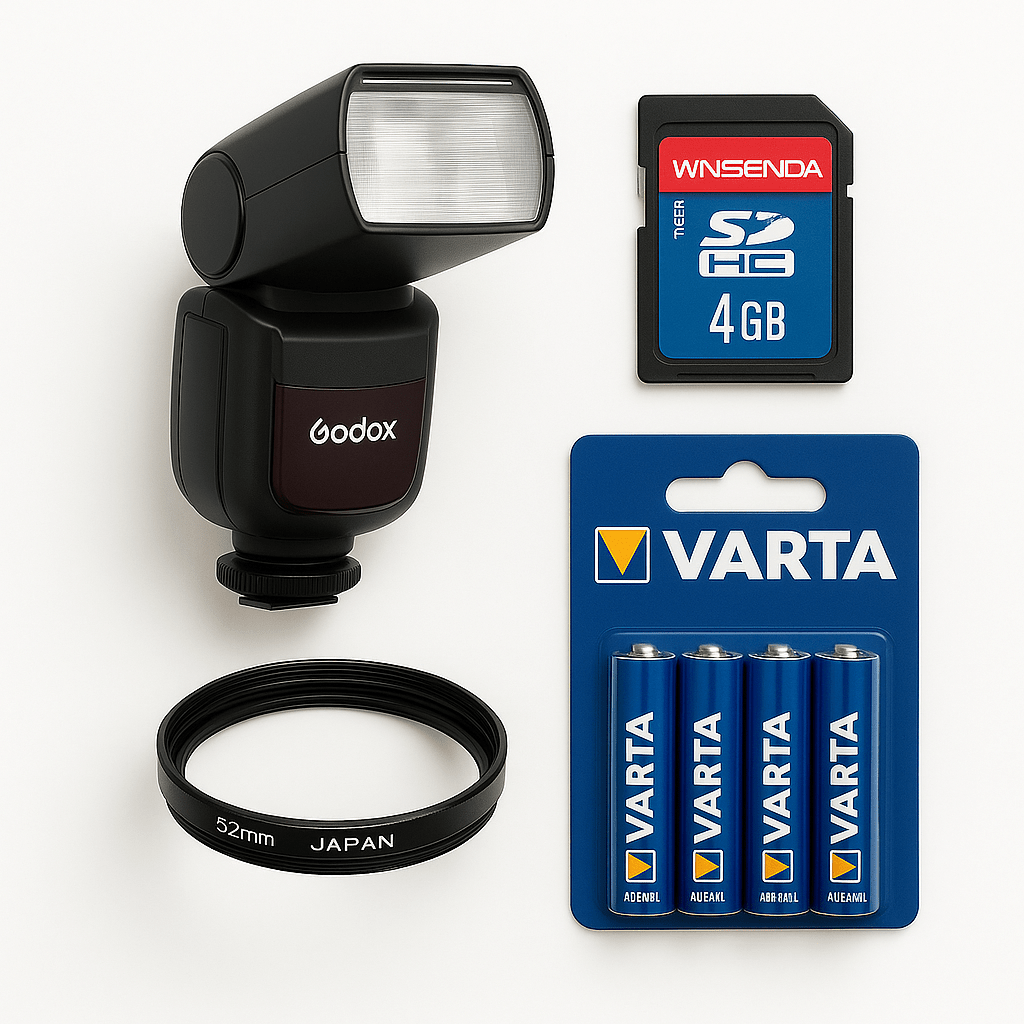
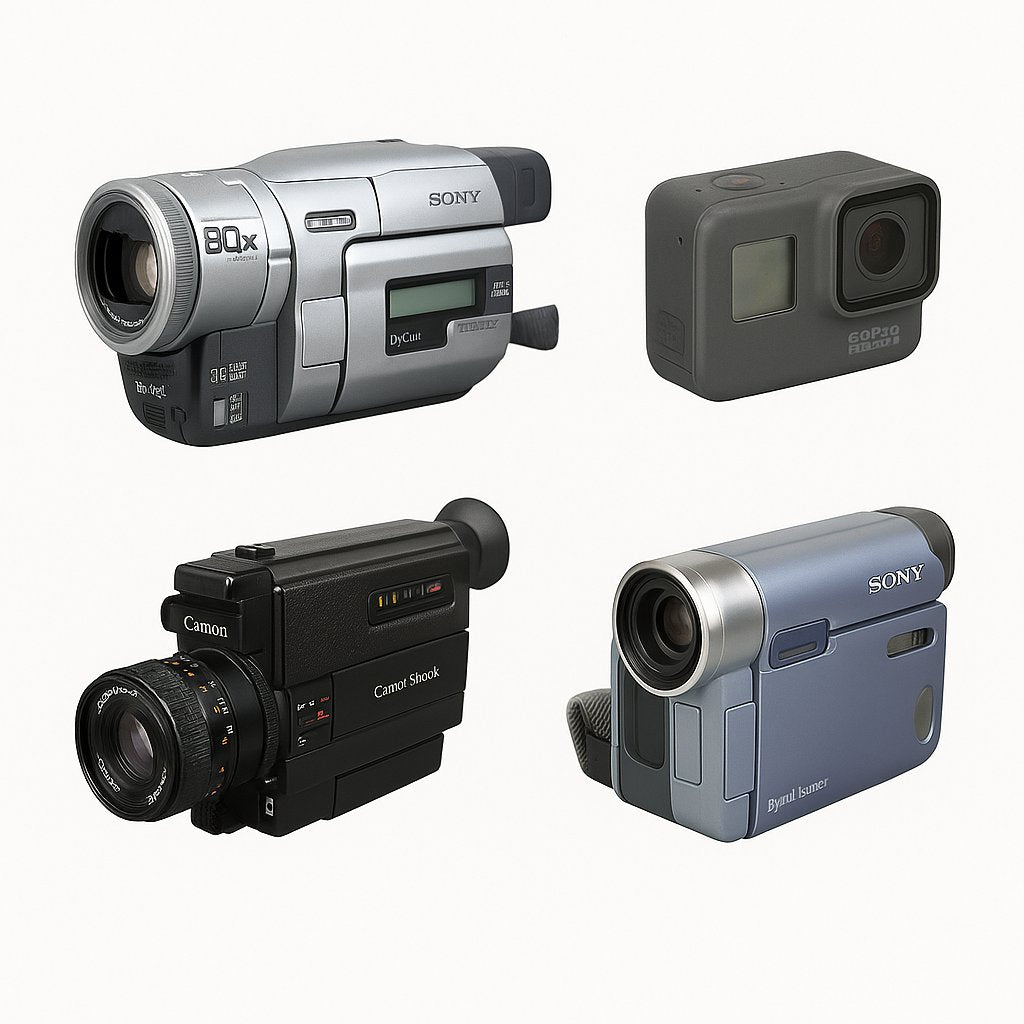
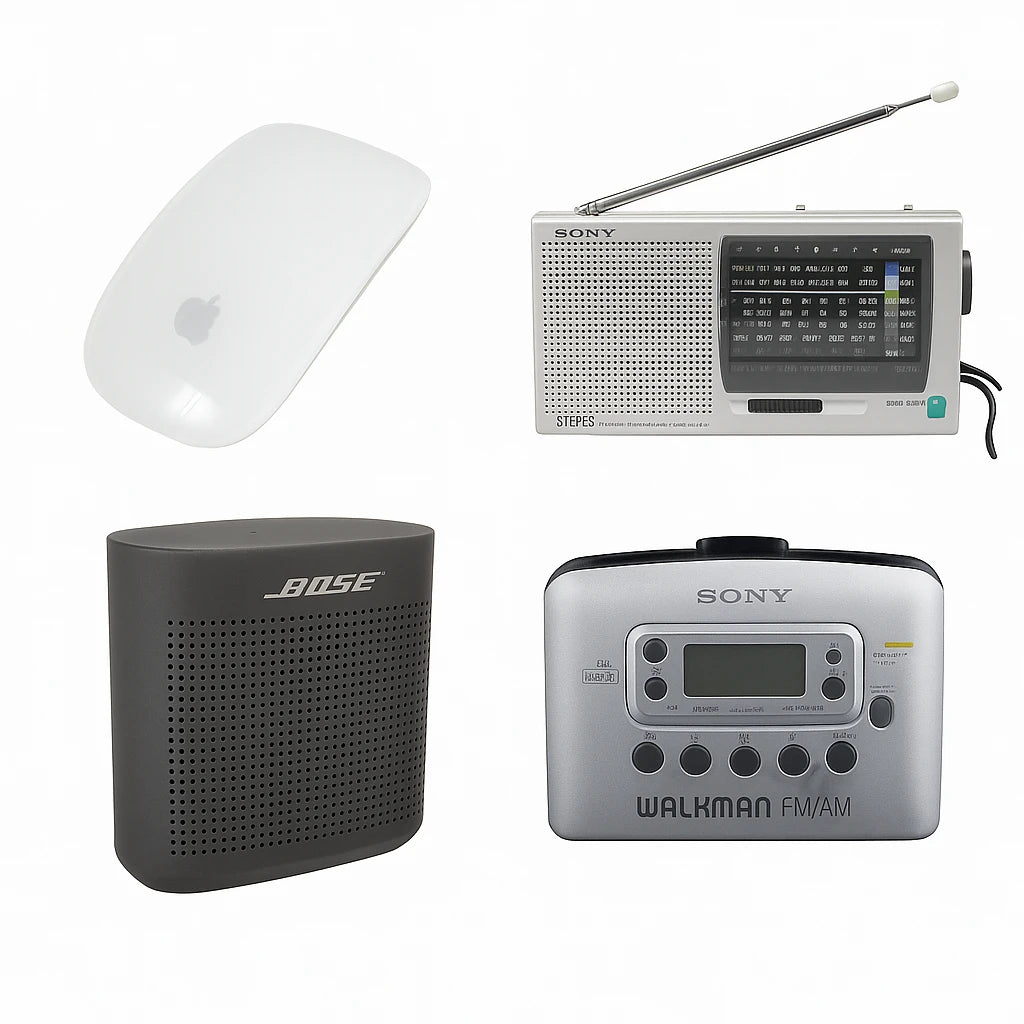
0 comments